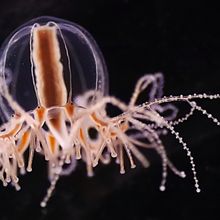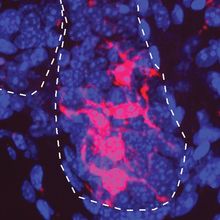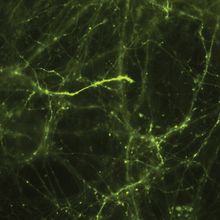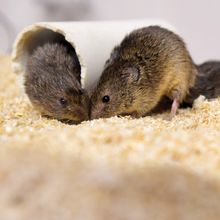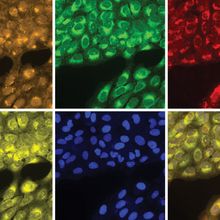Mariella Bodemeier Loayza Careaga, PhD
Mariella joined The Scientist in 2023. Before that, she was a postdoctoral researcher at the Uniformed Services University of the Health Sciences studying sex differences on the effects of chronic stress and traumatic brain injury. Mariella holds a master’s and a PhD in neuroscience from the Universidade Federal de Sao Paulo, Brazil, and a certificate in Science Communication from the University of California, San Diego.


